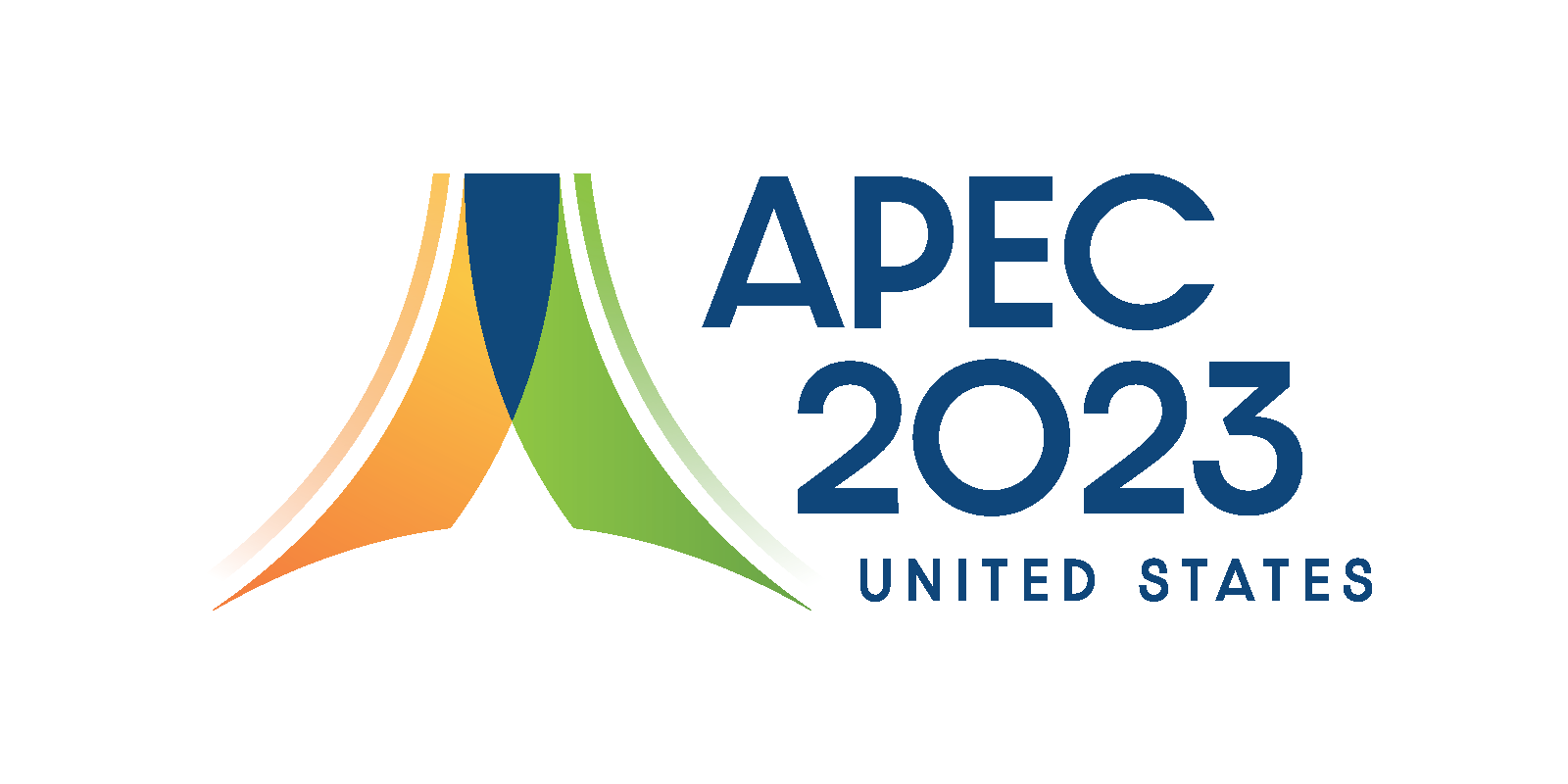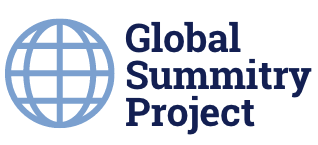APEC Summit
The Asia-Pacific Economic Cooperation (APEC) is a regional economic forum. It was founded in 1989 to facilitate and enhance cooperation between states in the Asia-Pacific region. The forum focuses on trade and economic issues. Members engage with each other as economic entities. The goal of APEC is to promote free and open trade and investment towards sustainable economic growth and integration. This includes facilitating easier cross-border flows and transactions, fostering favourable domestic business climates, and harmonising regulations and standards across the region.
The scope of APEC’s work:
- Trade and investment liberalization
- Business facilitation
- Economic and technical cooperation
APEC’s member economies are: Australia, Brunei Darussalam, Canada, Chile, People’s Republic of China, Hong Kong, Indonesia, Japan, Republic of Korea, Malaysia, Mexico, New Zealand, Papua New Guinea, Peru, The Philippines, Russia, Singapore, Chinese Taipei, Thailand, United States of America, and Vietnam.
APEC operates on a rotating Presidency that changes annually. Unlike the G7 and G20 forums, APEC has a permanent Secretariat. The Secretariat is based in Singapore and performs central program management functions.
The APEC process consists of Ministerial meetings, Senior Officials’ meetings, and Business Advisory Council meetings, that feed into the APEC Economic Leaders meeting. These meetings shape the policy direction of APEC. The Economic Leaders Meeting, also known as the APEC Summit, takes place during the APEC Economic Leaders Week at the end of the APEC cycle. The outcome of the APEC Summit is a Leaders’ Declaration, a non-binding document that outlines the collective commitments of APEC.
History
The idea of meetings between regional economic ministers started in discussions between trade officials in Australia and Japan. Public mention of a regional economic forum for intergovernmental cooperation then came in 1989 by then Prime Minister of Australia, Bob Hawke during a speech to business groups. This was followed by visits from Japan’s Ministry of Economy, Trade and Industry, and Australia’s Department of Foreign Affairs and Trade, respectively, to economies in the Asia-Pacific region to gage their reaction and develop a consensus for the idea of the regional forum.
Visits by Australia’s Department of Foreign Affairs were led by its Secretary, Richard Woolcott, who produced a report on the idea of APEC. The Woolcott report outlined APEC as a platform to discuss economic and trade issues and not a trading bloc. The benefits of such a platform would be sustaining positive economic trends, smoothing the path for trade liberalisation in the region, protecting regional interest and strengthening the region’s collective voice in international economic negotiations, and alleviating future trade problems by providing a platform to voice differences between members.
Ten months after former Prime Minister Hawke’s reference to the forum, 12 Asia-Pacific economies met in Canberra and established the APEC forum. These states were Australia; Brunei Darussalam; Canada; Indonesia; Japan; Korea; Malaysia; New Zealand; the Philippines; Singapore; Thailand; and the United States. APEC gradually expanded in membership, with Hong Kong, China, and Chinese Taipei joining in 1991, Papua New Guinea and Mexico joining in 1993, Chile in 1994, and Peru; Russia; and Vietnam joining in 1998.
Meetings between APEC members took place through informal senior official and ministerial level dialogues. In 1993, the US President Bill Clinton established the annual APEC Leaders’ Meeting.
The early years of APEC’s operations focused on liberalisation, in line with the global economic landscape in the 1990s. From the 2000s, human security and terrorism gained prominence on APEC’s agenda. At the start of the 2010s, the focus shifted towards inclusive and environmentally sustainable growth. Currently, the impacts of the digital economy has grown as a major topic for the group. APEC’s current focus is guided by the APEC Putrajaya Vision 2040 that was adopted in 2020.
Structure and Operations of APEC
Senior officials, directed by APEC ministers, guide the working level of APEC. APEC Ministers are typically Economic/Trade or Foreign Affairs ministers. For more specific meetings on sectoral issues, such as education, energy, or transportation, the relevant sectoral ministers of the APEC economies provide the overarching direction to senior officials. An overview of APEC’s chain of command can be found here. Senior officials develop strategic policy recommendations to leaders and ministers at APEC meetings. Meetings between senior officials take place three to four times a year with the host economy serving as the chair.
Committees, Working Groups, Senior Officials’ Meeting Committee (SOM) Task Groups:
Four high-level committees carry out the directions of the Senior Officials:
- Committee on Trade and Investment
- Senior Officials’ Meeting Committee on Economic and Technical Cooperation
- Economic Committee
- Budget and Management Committee
The high-level committees lead sub-committees, experts’ groups, working groups, and task forces to carry out APEC’s projects and activities.
Committee on Trade and Investment (CTI): Established in 1993, the committee serves as a forum for member economies to deliberate on trade and policy issues. The objectives of the CTI are:
- Create a coherent APEC perspective and voice on global trade and investment issues and increase cooperation among members on key issues.
- Pursue opportunities to liberalize and expand trade, facilitate a more open environment for investment, and develop initiatives to improve the flow of goods, services, capital and technology within the region and globally.
- Implement the 2023 San Francisco Principles on Integrating Inclusivity and Sustainability into Trade and Investment Policy.
The CTI’s scope of work is outlined in the Declaration of an APEC Trade and Investment Framework, and was later expanded in the Osaka Action Agenda in 1995, and the Aotearoa Plan of Action in 2021. The CTI also oversees eight sub-groups and two industry dialogues.
Senior Officials’ Meeting Committee on Economic and Technical Cooperation (ECOTECH): Established in 1998, ECOTECH is responsible for strengthening economic and technical development. ECOTECH was initially formed as a subcommittee through the Framework for Strengthening Economic Cooperation and Development in 1996, and later elevated to a high-level committee in 2002. ECOTECH has undergone a series of expansions and refinements in its operations, with the latest iterations being elaborated in the Aotearoa Action Plan and the APEC Putrajaya Vision 2040. Its objectives include:
- To support the achievement of APEC Putrajaya Vision 2040 and Aotearoa Action Plan.
- To strengthen implementation of APEC’s ECOTECH activities by: prioritizing in accordance with Leaders’ and Ministers’ commitments and coordinating and providing oversight of the work of APEC sub-fora.
- To provide policy guidance on ways to contribute to APEC’s ECOTECH goals.
ECOTECH consists of a steering committee of Senior Officials, and oversees a range of portfolios on issues such as: agriculture, anticorruption, emergency preparedness, energy, illegal logging and associated trade, health, human resource development, oceans and fisheries, science, technology and innovation, women and the economy, small and medium enterprises, telecommunication and information, tourism, and transportation.
Economic Committee: Established in 1994, the Economic Committee is responsible for the promotion of structural reform and strengthening APEC’s capacity to analyze long-term macroeconomic trends and microeconomic issues. The pillars of the Economic Committee are:
- Creating an enabling environment for open, transparent, and competitive markets.
- Boosting business recovery and resilience against future shocks.
- Ensuring that all groups in society have equal access to opportunities for more inclusive, sustainable growth, and greater well-being.
- Harnessing innovation, new technology, and skills development to boost productivity and digitalization.
The Enhanced APEC Agenda for Structural Reform sets the agenda for the Economic Committee until 2025.
Budget and Management Committee (BMC): This committee is responsible for advising the Senior Officials’ Meetings on budgetary, administrative and managerial issues. It prepares the budget for APEC, and approves and recommends projects for APEC funding. The BMC also monitors and evaluates APEC project management systems.
- APEC
- Archive

APEC Summit Peru 2024
The 2024 APEC Leaders’ and CEO Summit is building on many of the themes of the 2023 cycle with its emphasis on issues of inclusion and sustainability. For Peru, the host economy of this year’s APEC Summit, it will be overseeing the APEC cycle under the motto, “Empower, Include, Grow”. Peru’s focus is on the social dimension of growth and development that empowers the most vulnerable, harnesses digital opportunities, and gives impetus to economic growth.

APEC Summit USA 2023
This year’s APEC Leaders’ and CEO Summit USA 2023 took place over the course of two days from November 14th to the 16th in San Francisco. The Leaders’ Summit, which rounds off the APEC Economic Leaders’ Week and annual cycle, is one of the most influential business and governmental meetings concerning the Asia-Pacific. The San Francisco Summit enabled important discussions between CEOs, entrepreneurs, thought leaders, key stakeholders, and world leaders from the Asia-Pacific region. Leaders from the 21 APEC economies, global CEOs, and delegates engaged in dialogue on global opportunities and challenges that dictate economic, environmental, and societal trends in the region.
